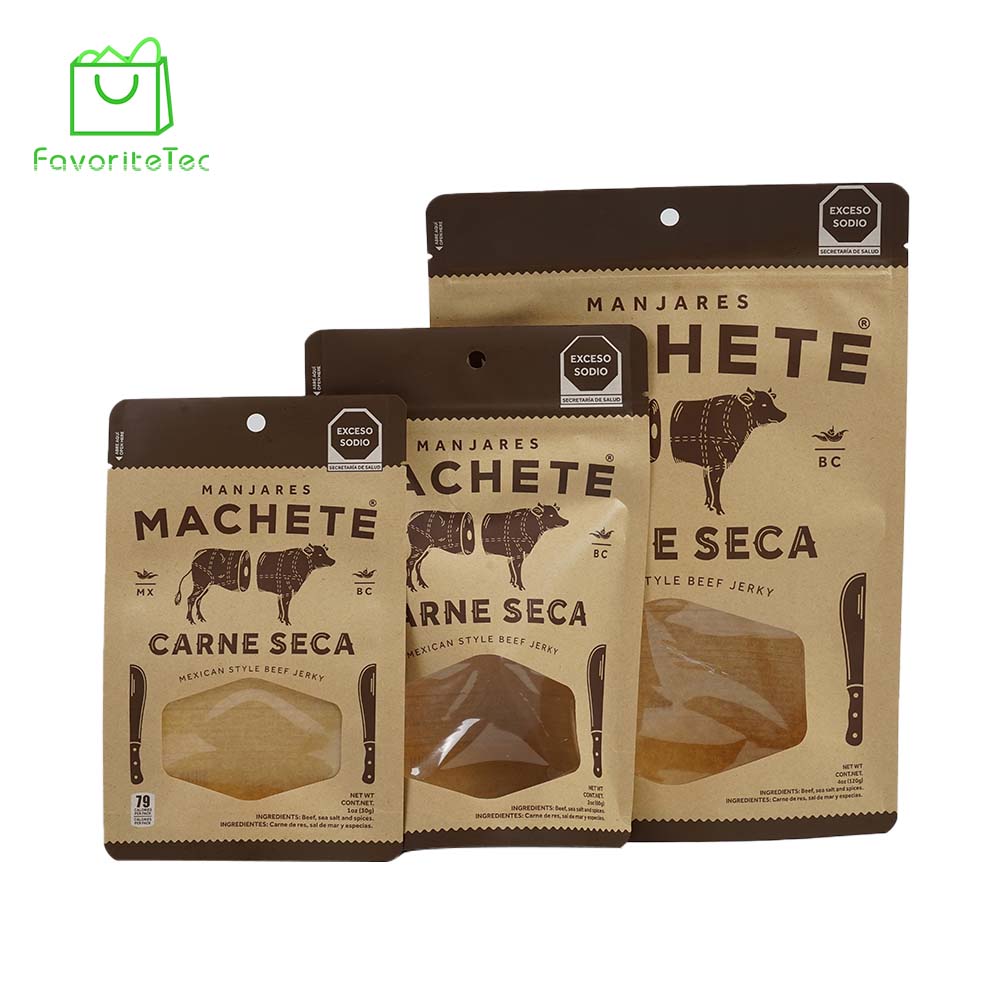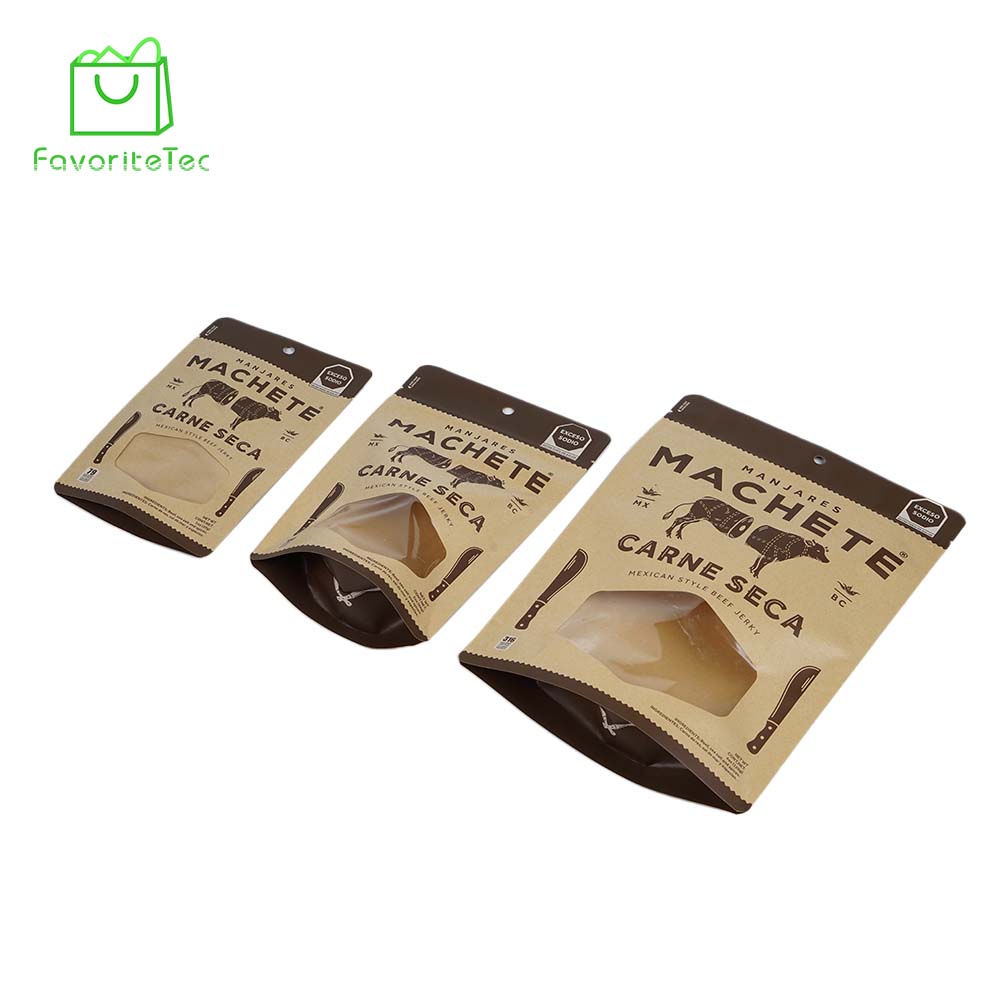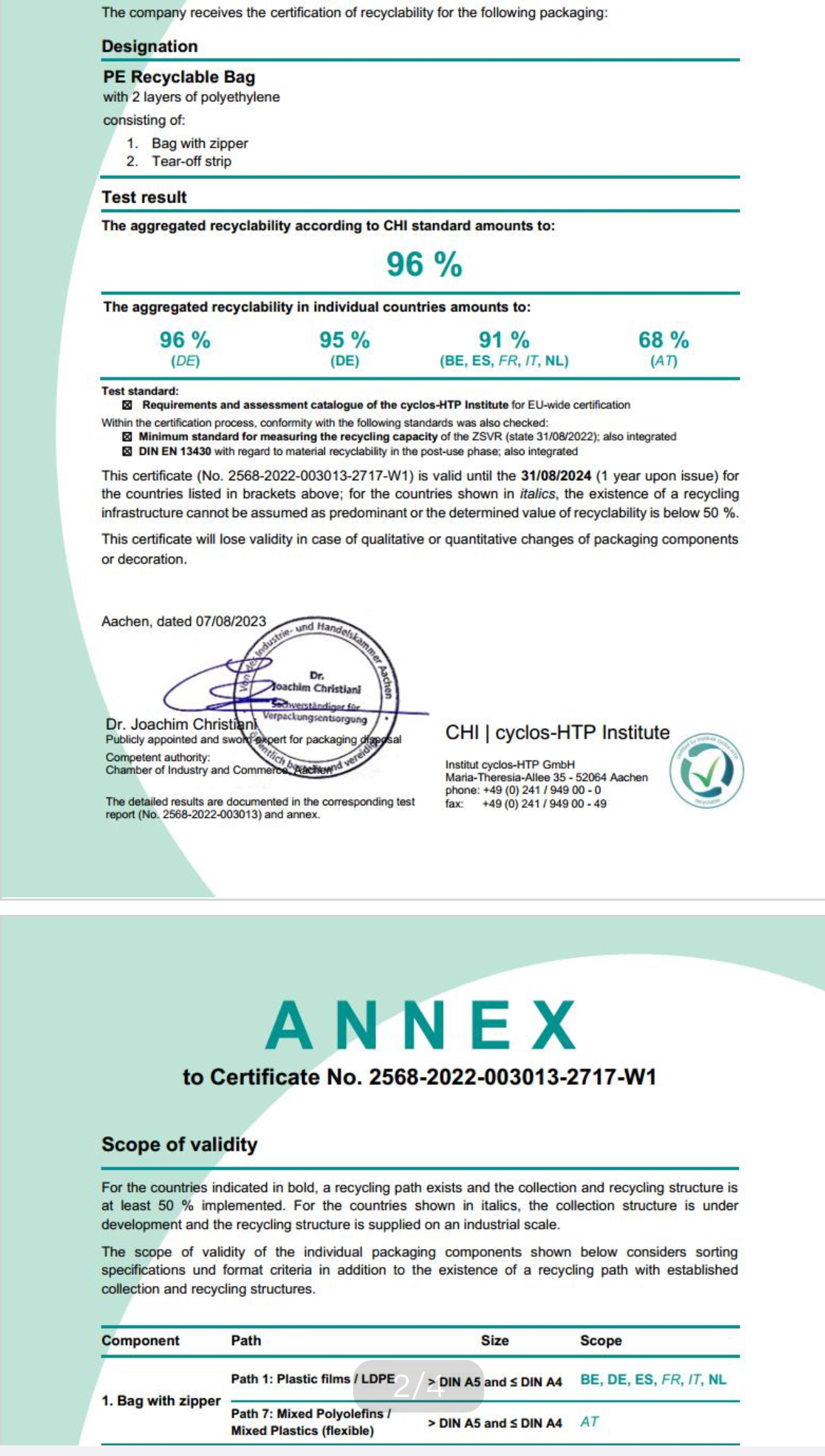As a producer in the competitive beef jerky market, the packaging you choose is more than just a container; it’s a critical business decision. The right packaging not only preserves the freshness and integrity of your jerky but also plays a pivotal role in attracting consumers and communicating your brand’s story.
High-barrier packaging materials, combined with oxygen absorbers or vacuum sealing, are key to keeping jerky in prime condition. These methods prevent oxygen exposure, which is crucial for maintaining the taste and texture of the jerky over time.
In this detailed guide, we delve into the essential aspects of selecting the perfect packaging for your beef jerky. From material choices to design considerations, we provide the insights and actionable advice needed to elevate your jerky packaging game.
Understanding Jerky Packaging’s Crucial Role
Beef jerky is not just any snack; its packaging needs are specific due to its dried, shelf-stable nature. The packaging must combat environmental factors like moisture and oxygen that can spoil the jerky or degrade its quality.
Key functions of effective jerky packaging include:
- Preserving Freshness: Airtight barriers are essential to protect against moisture and contaminants.
- Preventing Damage: Packaging must be tough enough to withstand transportation and handling.
- Enhancing Visibility: Eye-catching designs can make your product a standout choice for consumers.
- Communicating Brand Identity: The packaging design should mirror the distinctiveness of your jerky brand.
Selecting suitable materials and design elements ensures your beef jerky remains top-notch while also enhancing brand recognition.
Selecting the Optimal Packaging Material
The choice of material is crucial for jerky packaging, with the aim to shield against moisture, oxygen, and flavor loss.
Consider these top packaging materials:
- Mylar Bags: Known for excellent barrier properties, Mylar bags keep jerky fresh and flavorful.
- Metalized Films: These offer strong barrier protection and can give your jerky a distinctive, metallic shelf presence.
- Vacuum-Sealed Pouches: Ideal for extending shelf life by preventing microbial growth, perfect for portion-controlled servings.
- Resealable Bags: These add consumer convenience, maintaining freshness after opening.
Assessing cost, sustainability, and market needs is vital when choosing your packaging material, with expert consultation recommended to pinpoint the best option for your brand.
Designing Captivating Jerky Packaging
The design of your jerky packaging can significantly influence consumer perception. A visually appealing package not only distinguishes your product on the shelf but also conveys your brand’s essence.
Key design considerations include:
- Branding and Imagery: Highlight your brand with a distinctive logo and visual elements that capture the jerky’s quality.
- Color Palette: Choose colors that resonate with your brand and connect emotionally with your audience.
- Typography: Ensure your packaging’s text is not only attractive but also legible.
- Informational Elements: Clearly display product specifics like flavor, nutritional content, and unique selling points.
- Sustainability: Eco-friendly packaging options can set your brand apart in the growing green market.

A well-thought-out design strategy enhances both the aesthetic appeal and functional efficacy of your packaging, fostering a strong consumer connection.
Tailoring Packaging to Specific Market Segments
Jerky packaging should also cater to the distinct preferences of different consumer groups, such as:
- Outdoor Enthusiasts: Opt for lightweight, robust packaging that’s convenient for active lifestyles.
- Everyday Snackers: Emphasize resealability and portion control in your packaging to appeal to casual consumers.
- Gourmet Aficionados: Reflect the premium nature of your product with sophisticated packaging materials and designs.
Customizing your packaging approach to fit your target audience ensures your beef jerky resonates well and stands out in the market.
Conclusion
Selecting the right packaging for your beef jerky is a pivotal decision with far-reaching implications for your product’s success. By focusing on material quality, design excellence, and market-specific needs, you can create packaging that not only maintains product integrity but also strongly positions your brand in the competitive marketplace.
Investing in a strategic packaging approach is essential for making a compelling first impression and achieving sustained success in the beef jerky industry.
